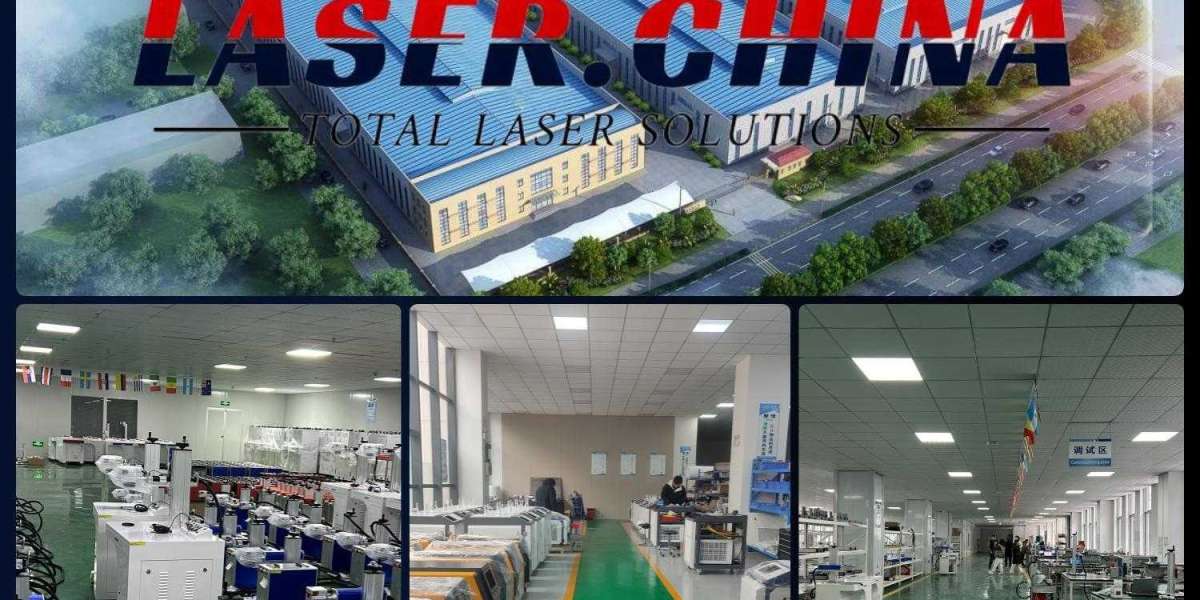Warehouse racking is an essential component of modern storage and logistics, enabling businesses to optimize space, improve inventory management, and enhance operational efficiency. Whether in retail, manufacturing, or e-commerce, selecting the right racking system is crucial for streamlining workflows and ensuring safety. This guide provides an in-depth look at warehouse racking, its types, benefits, and best practices for implementation.
Understanding Warehouse Racking
Warehouse racking refers to a structured storage system designed to hold materials in horizontal rows with multiple levels. These systems maximize the use of vertical space, reducing the warehouse footprint while allowing easy access to stored goods. Proper racking enhances inventory organization, minimizes damage, and improves picking and restocking efficiency.
Types of Warehouse Racking Systems
Different racking systems cater to various storage needs and operational requirements. Below are some of the most common types:
Selective Racking:
Most common and cost-effective racking system.
Allows direct access to each pallet.
Ideal for warehouses with a high variety of SKUs.
Drive-In and Drive-Through Racking:
Best for high-density storage of uniform products.
Drive-in systems follow Last-In, First-Out (LIFO), while drive-through supports First-In, First-Out (FIFO).
Push-Back Racking:
Uses a gravity-fed system for better space utilization.
Supports LIFO inventory rotation.
Reduces aisle space requirements, increasing storage capacity.
Pallet Flow Racking:
Uses inclined rails and rollers for automated product movement.
Suitable for FIFO inventory management.
Ideal for perishable goods and time-sensitive stock.
Cantilever Racking:
Designed for storing long and bulky items like pipes and timber.
Provides easy access with open-front storage.
Mezzanine Racking:
Utilizes vertical space by creating additional storage levels.
Ideal for small warehouses needing extra floor area without expansion.
Benefits of Warehouse Racking
Investing in an efficient warehouse racking system offers multiple advantages:
Maximized Space Utilization: Reduces wasted space by increasing vertical storage capacity.
Improved Inventory Management: Enables better organization and easier tracking of stock.
Enhanced Worker Efficiency: Speeds up order picking and restocking processes.
Increased Safety: Reduces clutter and prevents accidents caused by improper storage.
Scalability: Allows warehouses to expand their storage capacity without significant infrastructure changes.
Best Practices for Warehouse Racking Implementation
To ensure optimal performance and safety shelving and racking, consider these best practices:
Assess Storage Needs: Analyze inventory characteristics such as size, weight, and turnover rate to choose the right racking system.
Ensure Proper Installation: Work with professionals to install racks correctly and in compliance with safety regulations.
Conduct Regular Inspections: Check for wear, damage, or misalignment to prevent accidents and extend rack lifespan.
Train Staff: Educate employees on safe loading and unloading procedures to prevent damage and injuries.
Optimize Layout Design: Arrange racks to minimize travel time and enhance workflow efficiency.
Conclusion
Warehouse racking is a fundamental element of efficient storage and logistics management. By selecting the appropriate racking system and implementing best practices, businesses can maximize space, improve inventory control, and boost overall productivity. Investing in high-quality racking solutions ensures long-term operational success and a safer working environment.






